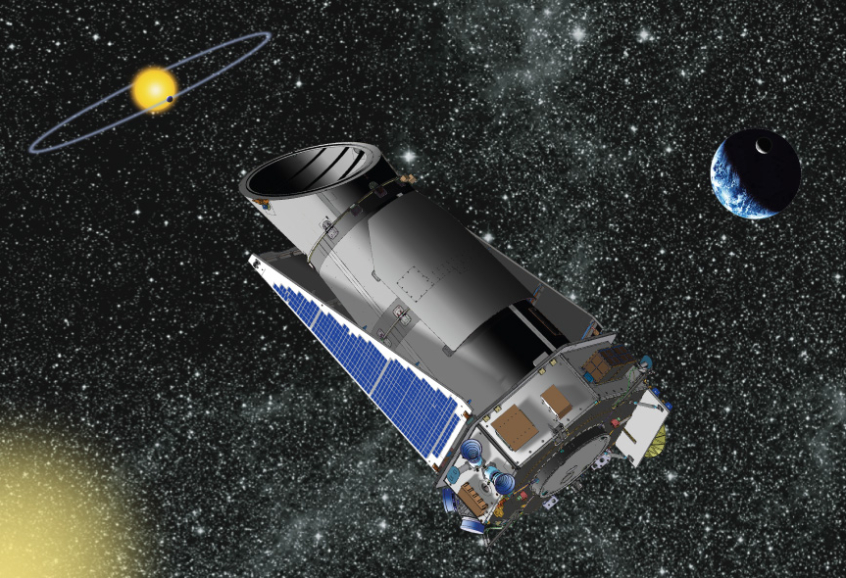
NASA's Kepler Telescope may have just discovered an "alien" structure 1,480 light years from Earth.
The Kepler Telescope is tasked to search for other planets within our galaxy that possibly exists with an atmosphere and the ability to support liquid water. It analyzes stars within our galaxy to determine the number of planets that are smaller or bigger than Earth or exactly like it. Aside from counting how many planets are out there in the galaxy, it also checks for factors like its shape and size, as well as the characteristics of these planets.
In a recent report from Tech Times, it says that the Kepler Telescope may have found something that is unusual. It says that the telescope found it near KIC 8462852, a star that has been closely monitored by scientists for four years now.
According to the report, what the scientist finds extra-ordinary in this discovery is the star's ability to change its light patterns which is very unlikely.
Studies conducted regarding the phenomenon revealed that this light change is not caused by other external objects like comets or asteroids. Dr. Tabetha Boyajian, a postdoctoral fellow in astronomy at Yale, is saying that this could be caused by a large object near the KIC 8462852, that is uncharacteristic for any orbiting objects.
Some members of the Planet Hunters, a crowdsourcing program, are speculating that this could possibly be an "alien megastructure," as suggested by astronomer Jason Wright from the Penn State University.
Wright said that though this could be very unlikely, the source of light they have discovered can only come from an extraterrestrial civilization.
Boyajian and Wright are now working with Andrew Siemion, from SETI Research Center at the University of California in Berkeley, to verify this matter. They are planning to direct a radio dish at the store to see if they can get any frequencies from it.
The plan is that after they gather substantial data from the experiment, they will then move to engage the Very Large Array (VLA) in New Mexico to determine whether the signal they get is from a transmission like that of a radio Station in Earth.
Boyajian, Wright and Siemion plan to come up with a report early next year, to be followed with another by fall or earlier.













